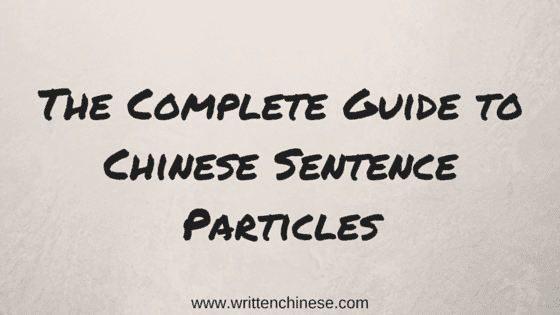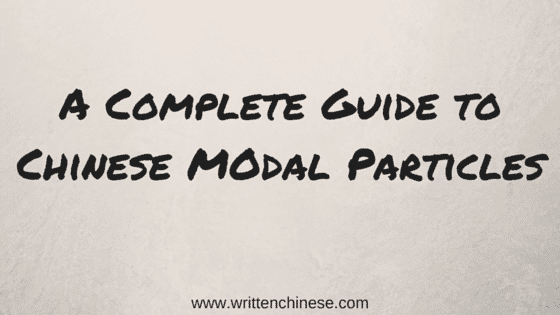TWCC51 – The Bystander Effect in China, Episode 51
We’re back for another episode of Two White Chicks in China! This week our question comes from Caryn, who asks us “Are there any Good Samaritans in China?” If you want to ask us a question just go to our voicemail page and leave us your question! In This Episode We Talk About… Comments and… Read More





